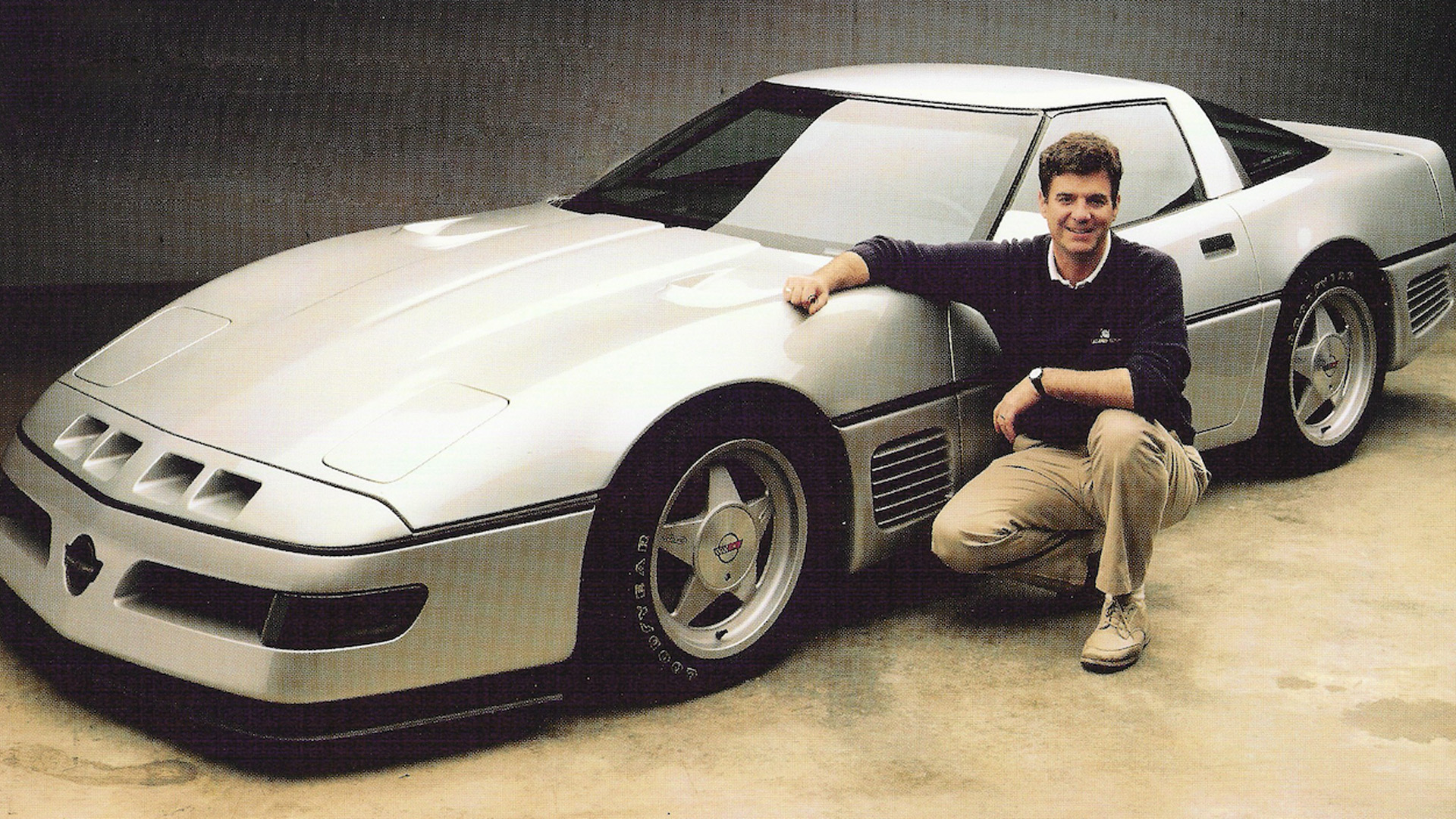

After 46 years of developing some of the most exciting cars on the planet, Callaway Cars founder Reeves Callaway died aged 75 on Tuesday, July 11. He passed away at his home in Newport Beach, California, from injuries sustained after a fall. From humble beginnings in 1977, Callaway grew his company into a performance icon bearing his name. The Connecticut native built some of the most well-known aftermarket Corvettes in history, if not the most iconic modified Corvette ever, the twin-turbocharged “Sledgehammer” 1988 C4. He is survived by several family members including his son, the President of Callaway Cars, Peter Reeves Callaway.
Callaway got his start selling turbo kits for the first-generation BMW 3 Series after convincing Car and Driver journalist Don Sherman to review one in 1977. The publicity allowed him to launch Callaway Cars Inc. the same year. He followed up this early success with several more turbo kits for a slew of German cars. Eventually, he moved on to American machines, where he saw the most success.

After turbocharging the Alfa Romeo GTV6, Callaway was approached by General Motors to apply his know-how to the C4 Corvette. In 1987, the first and only modified Corvette ever to be sold at GM dealerships was born. The twin-turbo Callaway C4 sported 382 horsepower and a whopping 562 pound-feet of torque. Over 500 were built by 1991, but that’s nowhere near the end of the story. In 1988, a heavily modified, 898-hp twin-turbo version of the car known as the Sledgehammer was driven 700 miles from Callaway’s headquarters in Old Lyme, Connecticut, to an automotive testing facility in Ohio. Specifically designed to reach incredible speeds, it went 254 miles per hour flat out. That’s faster than a McLaren F1. Perfectly street-legal and reliable, the car was driven, in the rain, back to Connecticut after the test.
Callaway never stopped modifying Corvettes after the success with the C4 and continued to produce immensely powerful versions of America’s sports car through every generation of the vehicle, including the C8. He also built his own cars, not based on any production vehicle, starting with the Callaway C7 in 1997.

His company paved the way for heavier use of composite materials like carbon fiber in sports cars. Likewise, his machines participated in racing events all over the world, even taking on the 24 Hours of Le Mans. Callaway, a pilot, was also recently involved in supporting a “hydrogen-powered and composite-intensive, blended-wing aircraft start-up with funding from NASA and the Air Force.”
Callaway’s accomplishments go far beyond what most people know. “Dad’s passion for making beautifully designed and crafted machines can be seen in each and every project, and we remain devoted to executing to the highest standards, in true Callaway fashion,” his son said in the automaker’s press release. “He was rarely found doing anything other than working towards the next milestone for the company. He was a charismatic leader with a sense of humor that we will all remember through various ‘Reeves-isms.’ I feel fortunate to have grown up working with him and the company.”